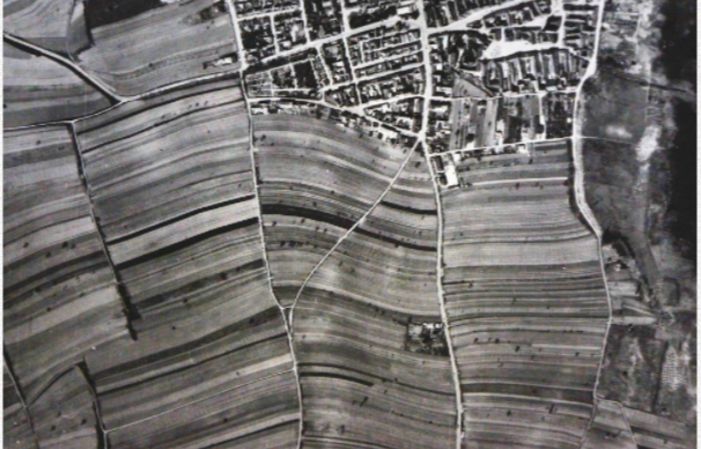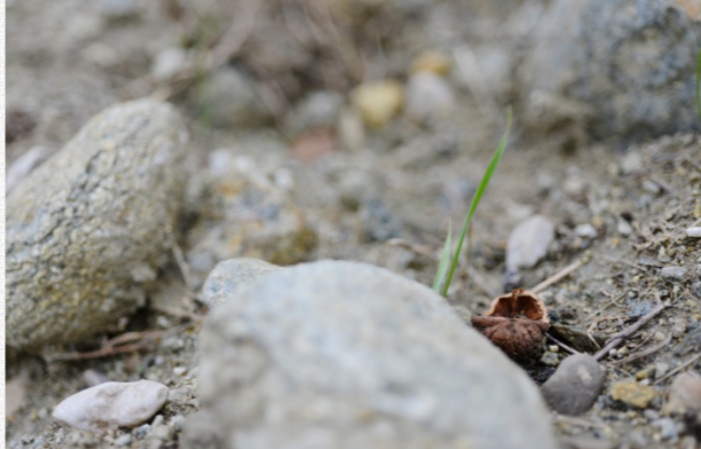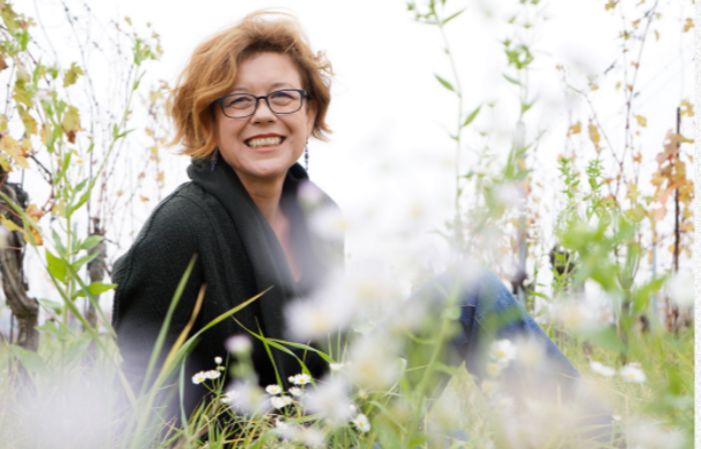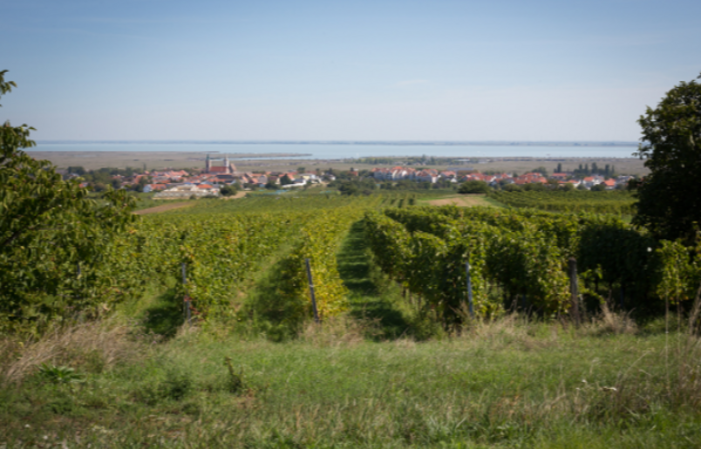Description
OUR VINEYARDS, WHICH TOTAL ABOUT 10 HECTARES, EXTEND ON THE GENTLE HILLSIDES OF THE MOUNTAINOUS COUNTRY OF RUST.
They point to the southeast and have sunlight from morning to night. The oldest vineyard was planted in 1955 and the youngest was opened in the Riede Vogelsang region in 2013 (Riede is an Austrian term describing special wine areas.) We monitor a fairly wide spectrum of grapes, with Welschriesling, Weissburgunder, Grauburgunder, Furmint, Gelber Muskateller, Sauvignon Blanc, Chardonnay, Blaufrenkisch and Zweigelt.
We will be delighted to welcome you for a presentation of our vineyard.
We will explain the work done at the vineyard, then the one done to the winemaking to finish by the wine growing.
Rules and conditions
Visits at 1 euro means that they are made free of charge by the winemaker. This amount is requested to assure us of the seriousness of your request and to prevent the winemaker from blocking a visiting slot unnecessarily.
In case of unforeseen events, we thank you for cancelling your visit to the platform and/or notify the winemaker directly.
Reservation policy
Cancellation policy: : Strict
Products offered for tasting:
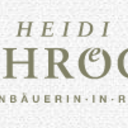
HEIDI SCHRÖCK Professional seller
FREE CITY OF RUST - ON THE SHORES OF LAKE NEUSIEDL We are located in the north of Burgenland, on the west shore of Lake Neusiedl. With an area of about 320 km2, the westernest steppe lake in Europe is... See more
FREE CITY OF RUST - ON THE SHORES OF LAKE NEUSIEDL We are located in the north of Burgenland, on the west shore of Lake Neusiedl. With an area of about 320 km2, the westernest steppe lake in Europe is also the largest lake in Austria - and as a 'temperature regulator', it is also very important for viticulture in our region, which is part of the Pannian lowlands. It occurred about millions of years ago when the Pannonie Sea dried up, forming the base of the soil. The Ruster Schotter is a particular type of soil composed of silt sand, limestone and primary rock. Ammonites are sometimes found embedded in rocks. The Bernsteinstrasse, an important former trade route, has also left traces - in the form of clay fragments. Many regular assistants sell the grapes exclusively by hand. For dry white wines, the grapes are peeled and pressed and the wine lees are deposited during the night. Afterwards, they ferment between 19 and 20 degrees Celsius and then stay on the yeast for a while, allowing them to develop their typical character and style. The red wines are fermented at 29oC and then rest on the skin for about 14 days before being lightly pressed. Subsequently, they mature 9 months (Zweigelt) or 14 months (Blaufrenkisch) in large oak barrels in the wine cellar. The stars of our winery are the "Sugar Babies", good dessert wines, including the "Ruster Ausbruch". For them, we use berries reduced to raisins; the berries are afflicted with botrytis. We harvest them from the best white wine vineyards and let them rest for several hours before squeezing them. Musts usually ferment for an additional 3 to 4 months, until they reach an alcohol level of 10 to 12%. Then they spend two years in small acacia barrels before being put on the market. By the way, the term "Ausbruch" (a German term for wine made from selected and ripe grapes) is reserved for Trockenbeerenauslesen (bed. "selection of dried berries", a medium-bodied dessert wine) from the city of Rust, Austria in the laws on wine, which protects the origin of the wines that carry this label. See less

- ID Card:
- Email:
- Already rent:

